Dressing professionally is essential for making a positive impression in the workplace. For women around the world, the challenge often lies in striking a balance between cultural norms and modern professional standards. This comprehensive guide will help you navigate global dress codes, from traditional industries to more relaxed settings, ensuring that you always look polished and prepared for any professional environment.
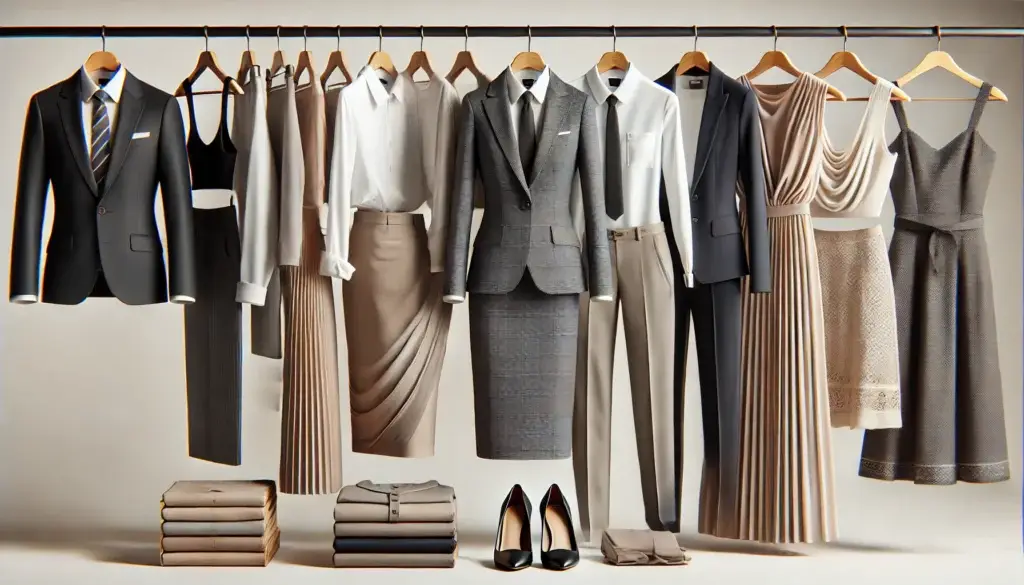
1. Understanding Professional Attire for Women
Defining Professional Attire Across Industries
Professional dress codes can vary significantly by industry. In traditional sectors such as law, finance, and education, business formal attire—such as tailored suits, sheath dresses, or conservative blouses paired with skirts—may be expected. Creative industries, like fashion, advertising, or media, may offer more flexibility, embracing smart casual looks such as dressy tops and slim trousers. The key to mastering professional attire is understanding what is considered appropriate in your specific industry and adapting accordingly.
The Importance of First Impressions
First impressions matter, and the way you dress plays a crucial role in how you are perceived at work. Your choice of clothing can convey professionalism, attention to detail, and respect for the company’s culture. Dressing appropriately not only makes you feel confident but also helps to establish credibility and earn respect from colleagues and clients.
Cultural Nuances in Women’s Professional Dress Codes
Global workplaces often involve different cultural dress norms. What is considered professional in one country may be different in another. For instance, in some regions, modesty may be emphasized, requiring longer sleeves and higher necklines, while in others, a more relaxed approach to professional dressing is accepted. Adapting to cultural expectations while incorporating your personal style can help you navigate various professional settings.
2. Key Elements of a Professional Wardrobe
Building a Wardrobe with Essential Pieces
A well-rounded professional wardrobe should include versatile, high-quality items that can be mixed and matched for different occasions. Here are some must-haves for any professional woman:
- Tailored Blazers: Choose blazers in neutral colors such as black, navy, or gray. These can be layered over blouses or dresses for a polished look.
- Dress Shirts and Blouses: Crisp white shirts, patterned blouses, or tops with subtle detailing are perfect for pairing with skirts or trousers.
- Pencil Skirts and Trousers: Opt for well-fitted skirts that fall at or below the knee and trousers that complement your body shape. Dark or neutral colors work best for versatility.
- Sheath Dresses or A-Line Dresses: Classic styles in solid colors or minimal patterns can be dressed up with a blazer or cardigan for a formal look.

Quality Over Quantity: The Investment Mindset
Investing in a few high-quality pieces will serve you better in the long run than having a closet full of less durable items. Fabrics like wool, silk, and cotton blends not only feel luxurious but also last longer with proper care. Focus on building a timeless collection that can evolve with changing trends.
Mixing and Matching for Versatility
Stick to neutral tones for your foundational wardrobe pieces—black, gray, navy, and beige—as these colors can be easily paired with a variety of tops and accessories. Adding pops of color with scarves, jewelry, or shoes can provide a touch of personality without compromising on professionalism.
The Importance of Proper Fit and Tailoring
Tailoring can make a significant difference in how clothes look and feel. Even high-end items can appear unpolished if they do not fit correctly. Simple alterations, such as hemming pants or taking in the waist of a blazer, can transform an off-the-rack piece into a custom-fitted garment that enhances your silhouette.
3. Guidelines for Looking Professional
Selecting the Right Professional Attire
Opt for clothing that strikes the right balance between conservative and stylish. Avoid outfits that are overly revealing or too casual for the workplace. Skirts should ideally fall at or below the knee, and tops should have sleeves and appropriate necklines. Dress codes may differ based on the occasion—formal meetings usually call for more structured outfits, while casual Fridays may allow for relaxed yet polished attire.
Accessorizing Without Going Overboard
Accessories can elevate your look, but less is often more when it comes to professional dressing. Stick to simple jewelry, such as stud earrings, a watch, or a delicate necklace. Avoid bold statement pieces that can distract from the overall outfit. A classic belt or structured handbag can add a sophisticated touch.

Balancing Comfort and Style
Professional attire does not have to be uncomfortable. Choose clothing that allows you to move freely throughout the day. Fabrics like cotton, linen, and lightweight wool are breathable and suitable for long hours of wear. Footwear should provide comfort and support; low-heeled pumps, loafers, or ballet flats are ideal for a professional yet practical look.
The Psychology of Colors in Professional Settings
The colors you choose to wear can influence how you are perceived in the workplace. Blue is often associated with calmness and reliability, black conveys authority, while white and beige can make you appear approachable and organized. Integrating colors strategically into your outfits can enhance your image and help you convey the right message.
4. Decoding Business Casual: Women’s Tops
Understanding Business Casual vs. Business Professional
Business casual attire is less formal than business professional wear but still requires a polished appearance. Business casual allows for more flexibility in terms of colors, patterns, and materials. For example, a smart blouse paired with tailored trousers may be appropriate for a business casual look, while a blazer would be required for a business professional outfit.
Popular Types of Business Casual Tops
- Button-Down Shirts: These are versatile and can be dressed up with a skirt or down with trousers.
- Blouses with Feminine Details: Blouses featuring subtle ruffles, lace trim, or pleats add a touch of elegance without being too flashy.
- Sweaters and Cardigans: In cooler climates, layering a fine-knit sweater over a blouse or shirt can add both warmth and style.
- Dressy Tunics or Tops: A structured tunic can be paired with slim trousers for a refined yet casual look.

Choosing Fabrics and Styles Suitable for Business Casual Settings
Opt for materials that combine style and comfort, such as cotton blends, silk, or linen. Avoid overly casual fabrics like denim or jersey. Patterns should be minimal, and colors should be professional yet flexible to suit various occasions.
Outfit Pairing Suggestions
Combine a dressy top with a pencil skirt or slim-fit trousers for a business casual ensemble. For more laid-back offices, consider pairing a smart blouse with tailored jeans. It is important to always balance the look with the right shoes and accessories to keep the outfit professional.
5. Maintaining a Polished Appearance
Grooming Tips for a Professional Look
Well-groomed hair, clean nails, and appropriate makeup are essential components of a polished professional appearance. Regular haircuts ensure that your hairstyle looks fresh and neat. For makeup, keep it minimal—focus on a clean complexion, neutral lipstick, and defined eyes.

The Role of Personal Hygiene and Skincare
Maintaining good hygiene is crucial in a professional setting. A basic skincare routine that includes cleansing, moisturizing, and sun protection can help you look fresh and put-together. Good hygiene practices include wearing deodorant and avoiding heavily scented perfumes.
Selecting Appropriate Footwear and Bags
Shoes are an important aspect of your professional outfit. Closed-toe styles such as pumps, loafers, or even low heels provide a polished finish to any look. Your handbag should be structured, in a neutral color, and large enough to carry work essentials without appearing bulky.
Wardrobe Maintenance Tips
Keeping your wardrobe in pristine condition is key to maintaining a professional appearance. Iron your clothes regularly, store items properly, and have delicate pieces dry-cleaned when necessary. This will extend the life of your clothing and keep you looking sharp.
6. Power Dressing Examples: What It Means and How to Achieve It
What is Power Dressing?
Power dressing refers to choosing clothing that exudes authority, confidence, and professionalism. This can involve wearing a sharp pantsuit, a structured dress, or even a tailored sheath dress. Power dressing is about making a strong impression and conveying that you are in control.

Global Power Dressing Ideas
Power outfits can differ across cultures, but universally, they include elements such as tailored suits, monochrome looks, and quality fabrics. Dark colors like navy, black, and deep burgundy are often used in power dressing to project a sense of authority. Minimalist accessories and structured handbags add to the overall sophisticated look.
Conclusion
Dressing professionally involves more than just adhering to a dress code—it’s about projecting confidence, respecting cultural nuances, and maintaining a polished image. With the right wardrobe staples, grooming habits, and an understanding of professional dress expectations worldwide, you can master the art of professional attire and make a strong impact in any setting. Whether navigating traditional business formal environments or more relaxed business casual offices, this guide will help you strike the perfect balance.
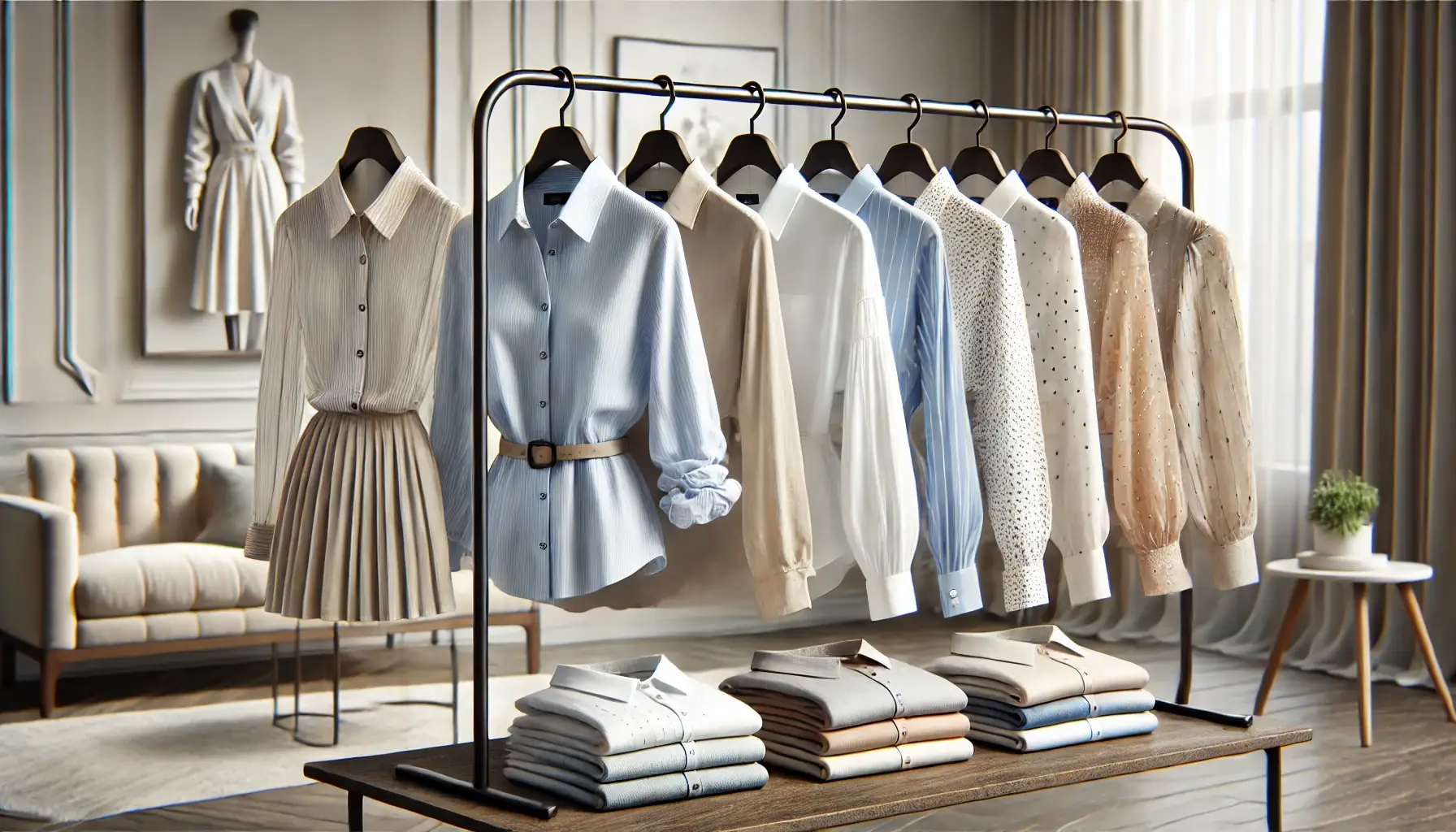
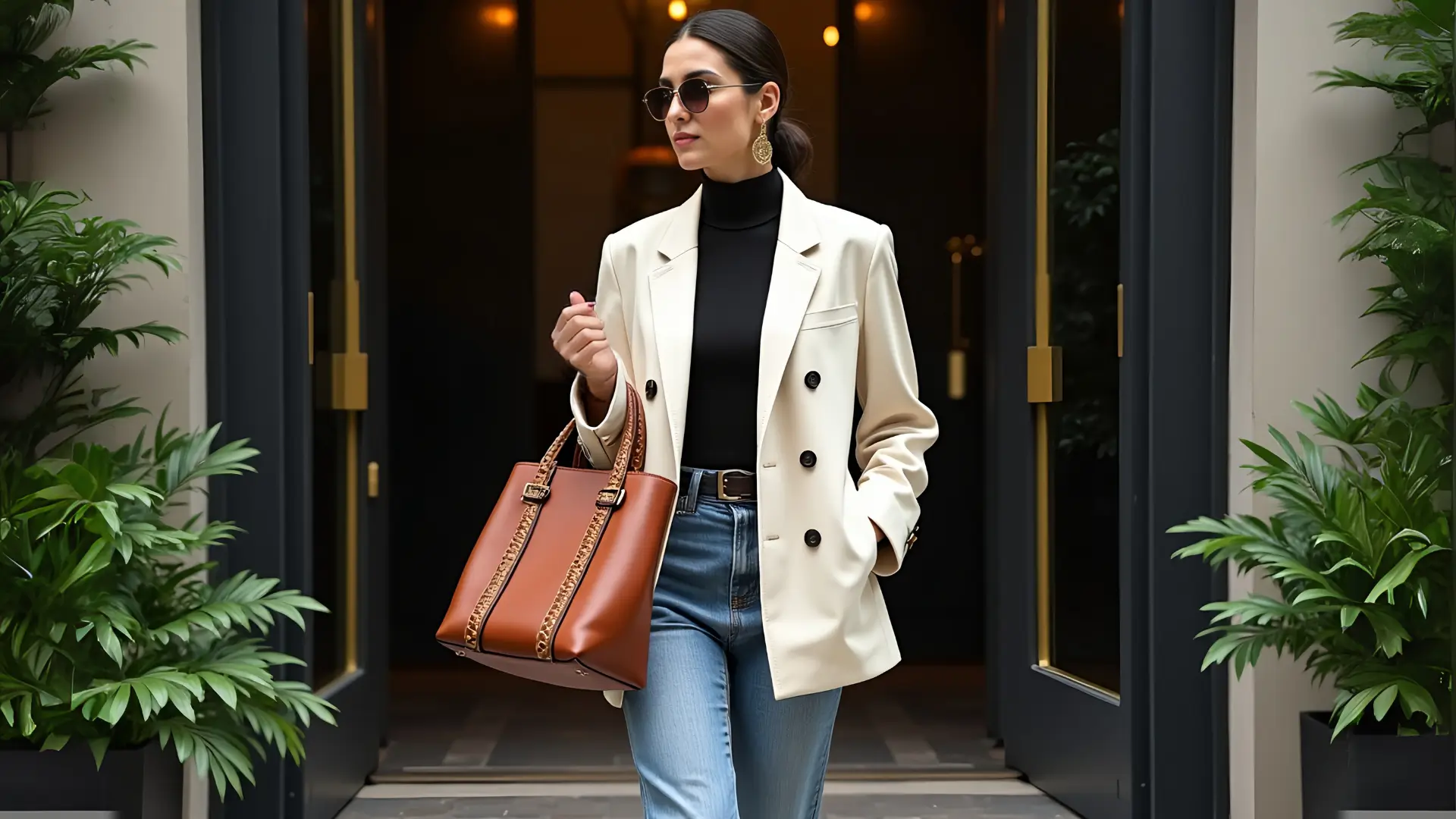
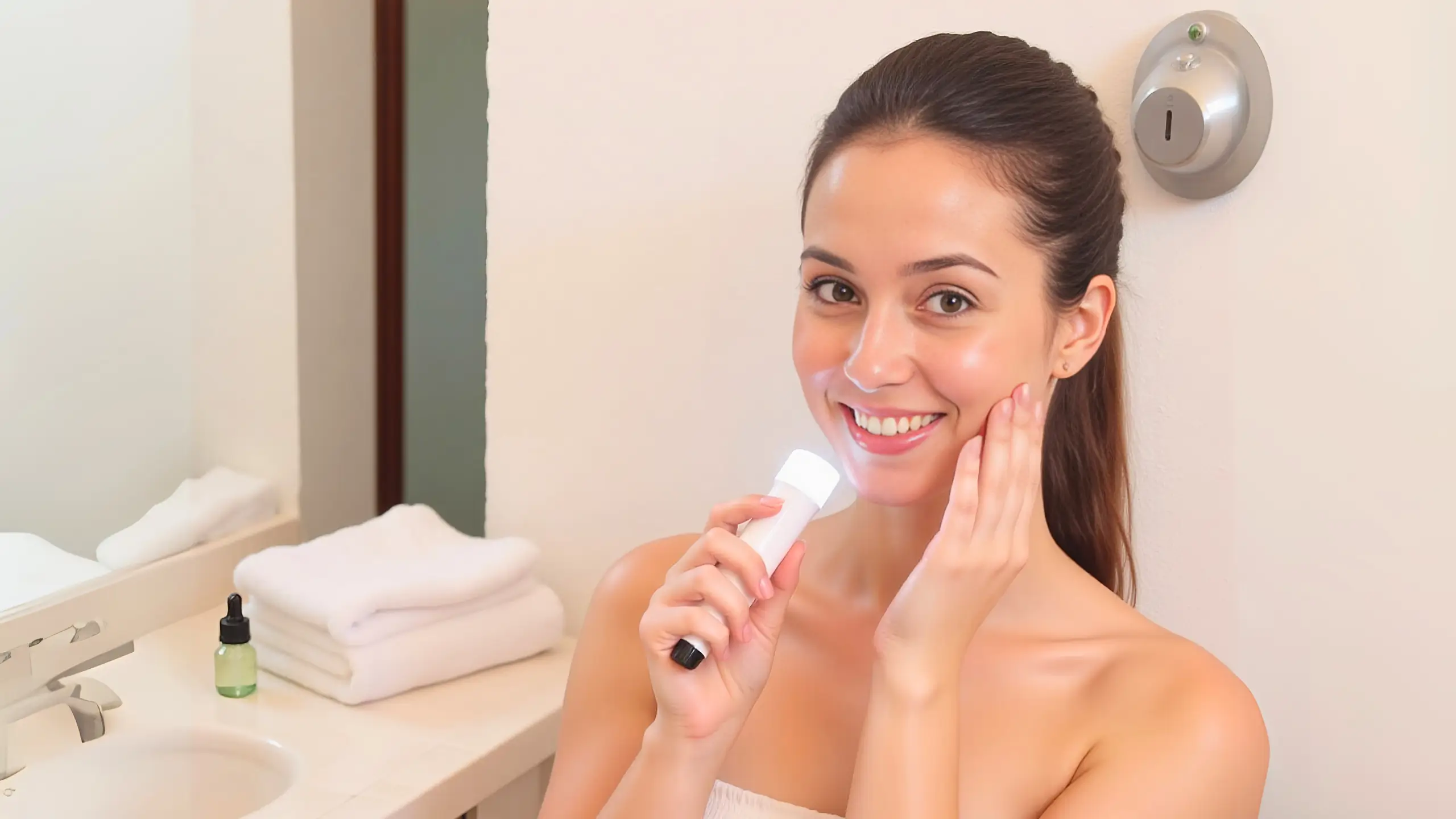
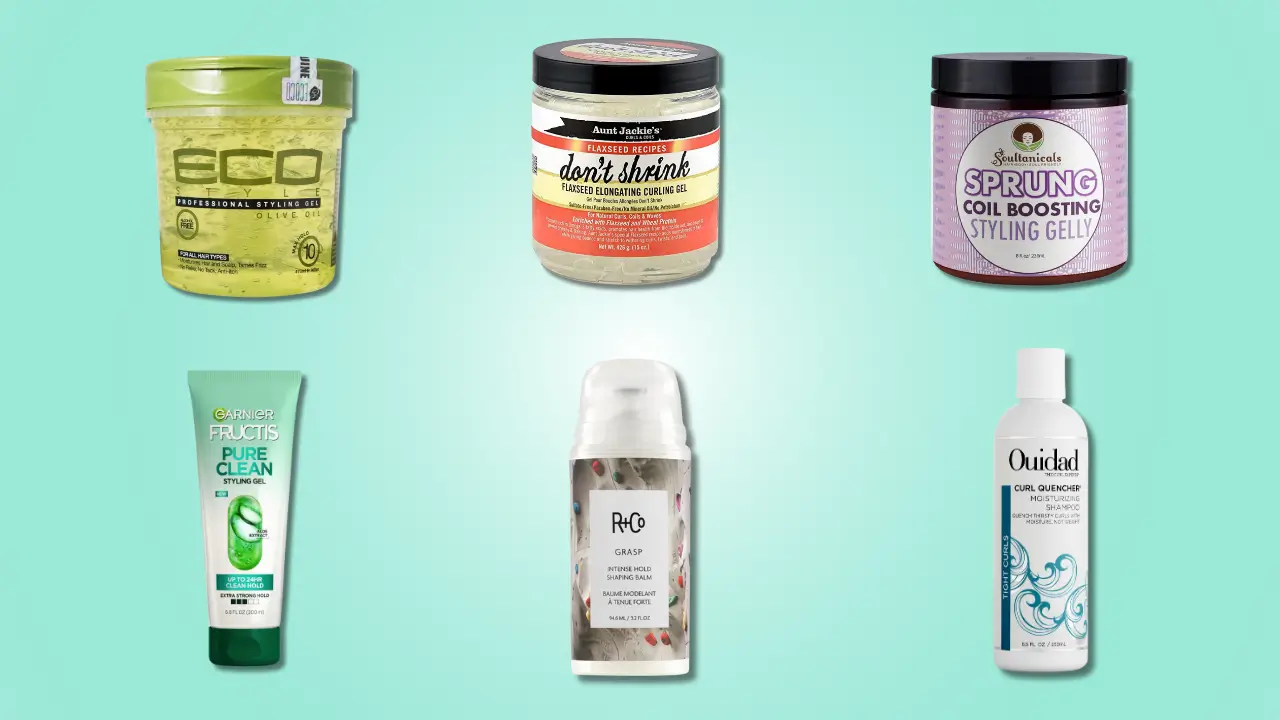

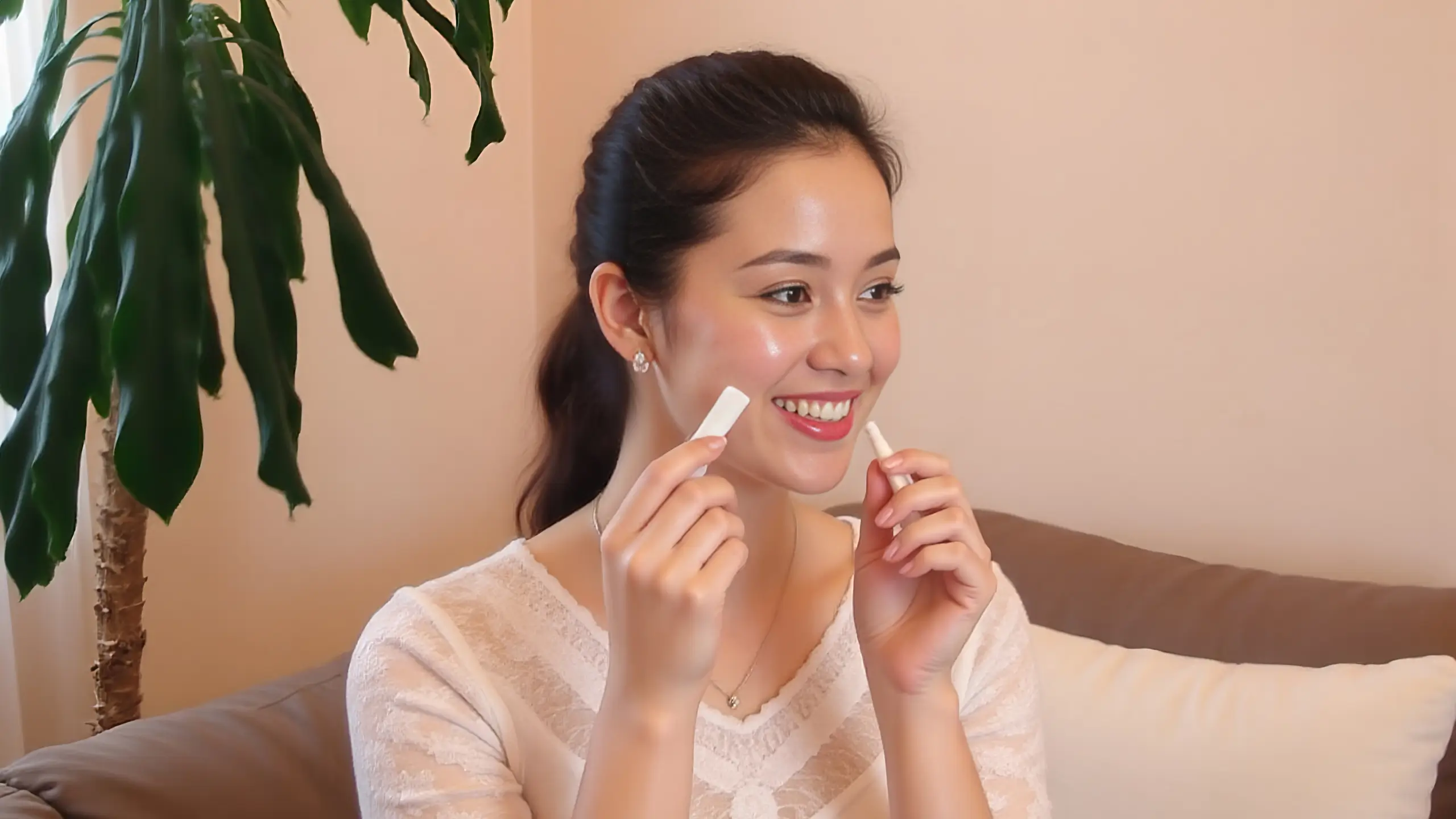

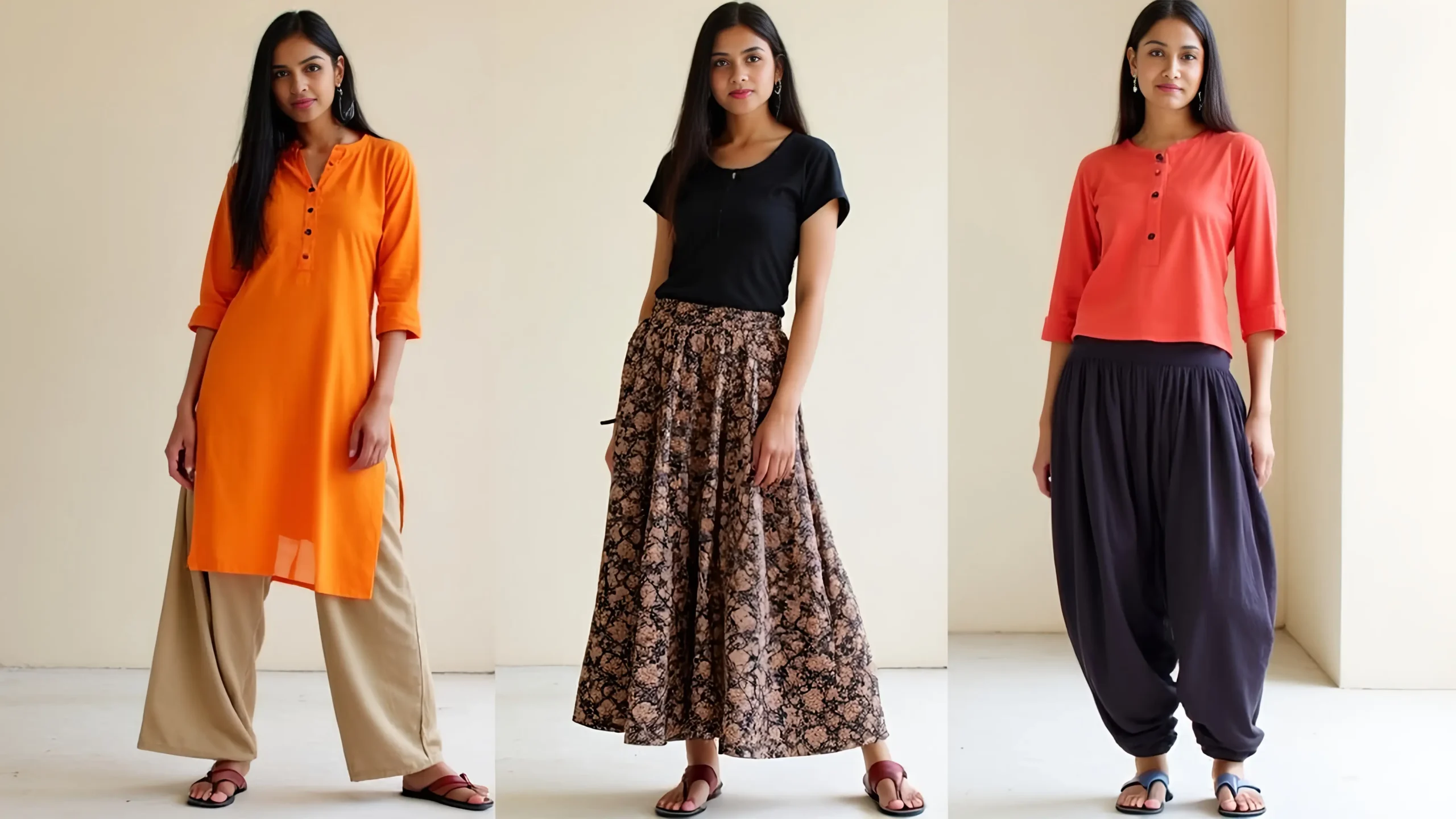
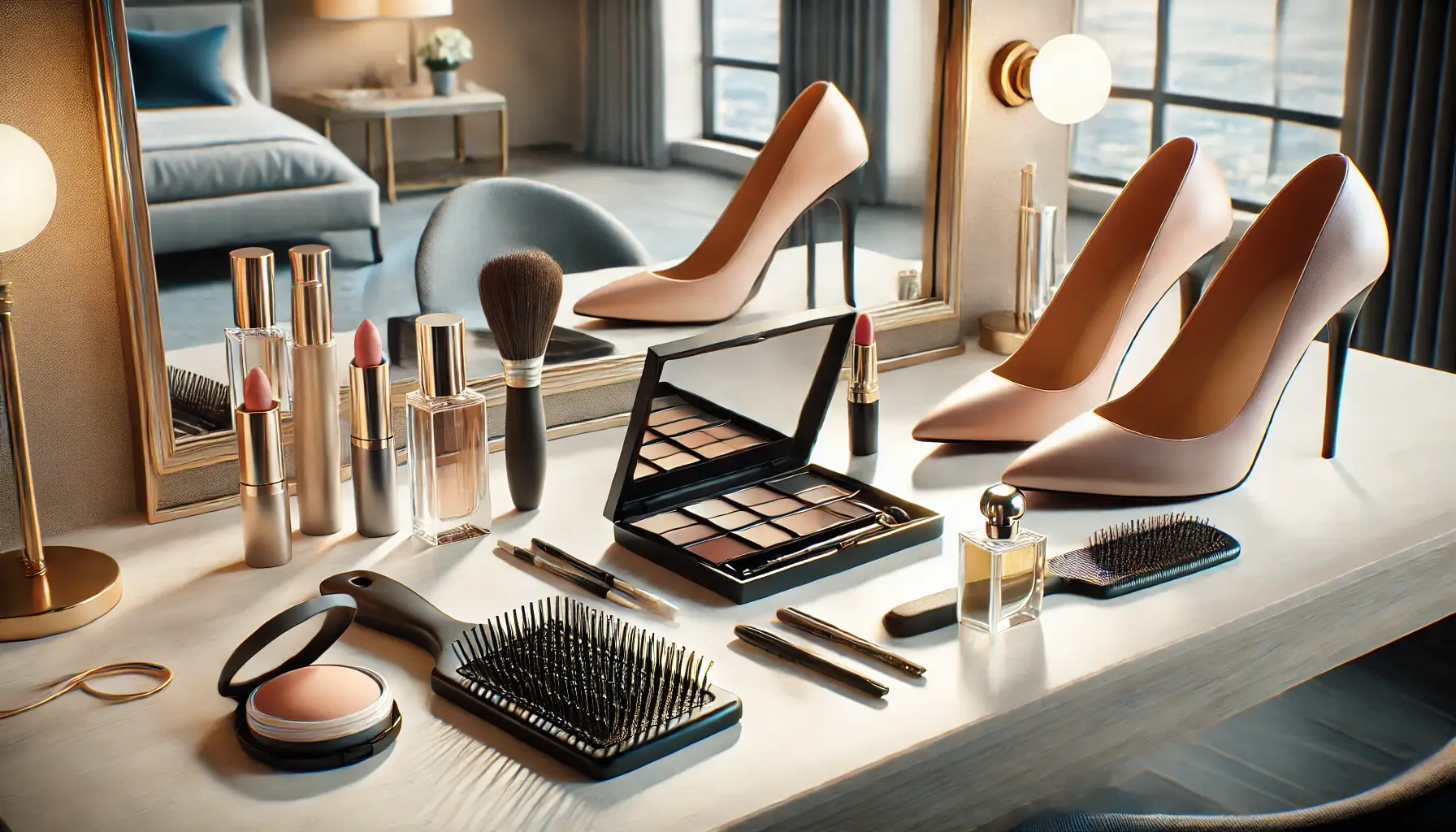

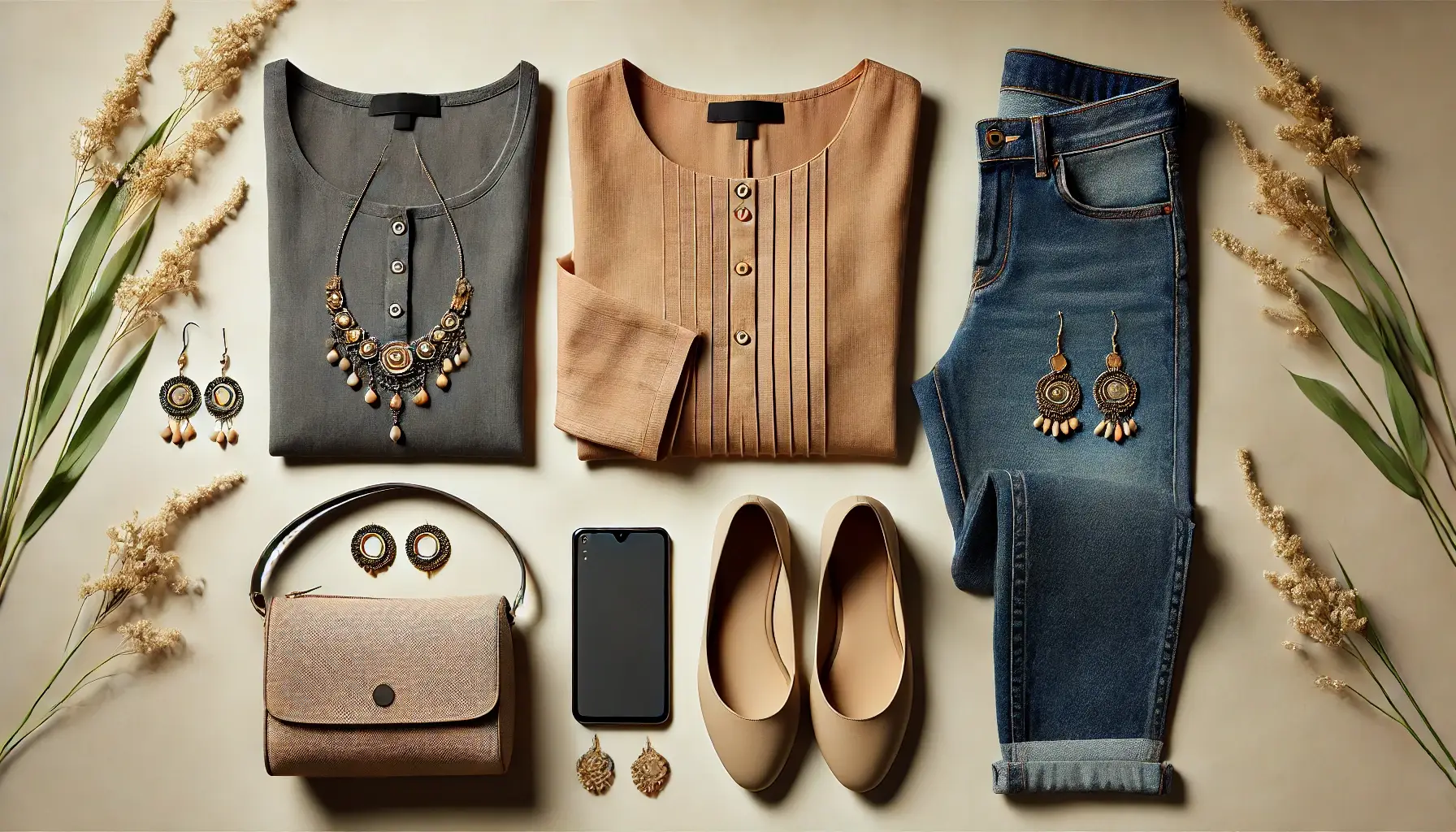
Comments (2)
Sradha
This article offers a well-rounded and insightful approach to women’s professional attire, especially when considering the global aspect of dressing for success. I appreciate how it breaks down the differences in dress codes across various industries and cultures, helping women adapt while still embracing their personal style. The tips on tailoring, quality over quantity, and mixing modern and traditional elements are particularly helpful. It’s great to see a focus on comfort and practicality, which are often overlooked in professional guides. This article serves as a valuable resource for any woman looking to project confidence and professionalism in diverse work environments.
Aswathythe
Thank you for your thoughtful feedback! I’m glad to hear that you found the article helpful, especially the sections on adapting to different industries and cultures. Balancing personal style with professional expectations can be challenging, but it’s great to know that the tips on tailoring, quality, and comfort resonated with you. The goal was to create a guide that empowers women to feel confident and professional, no matter the workplace setting. I appreciate your kind words and hope the article continues to be a valuable resource as you navigate your own professional wardrobe choices.